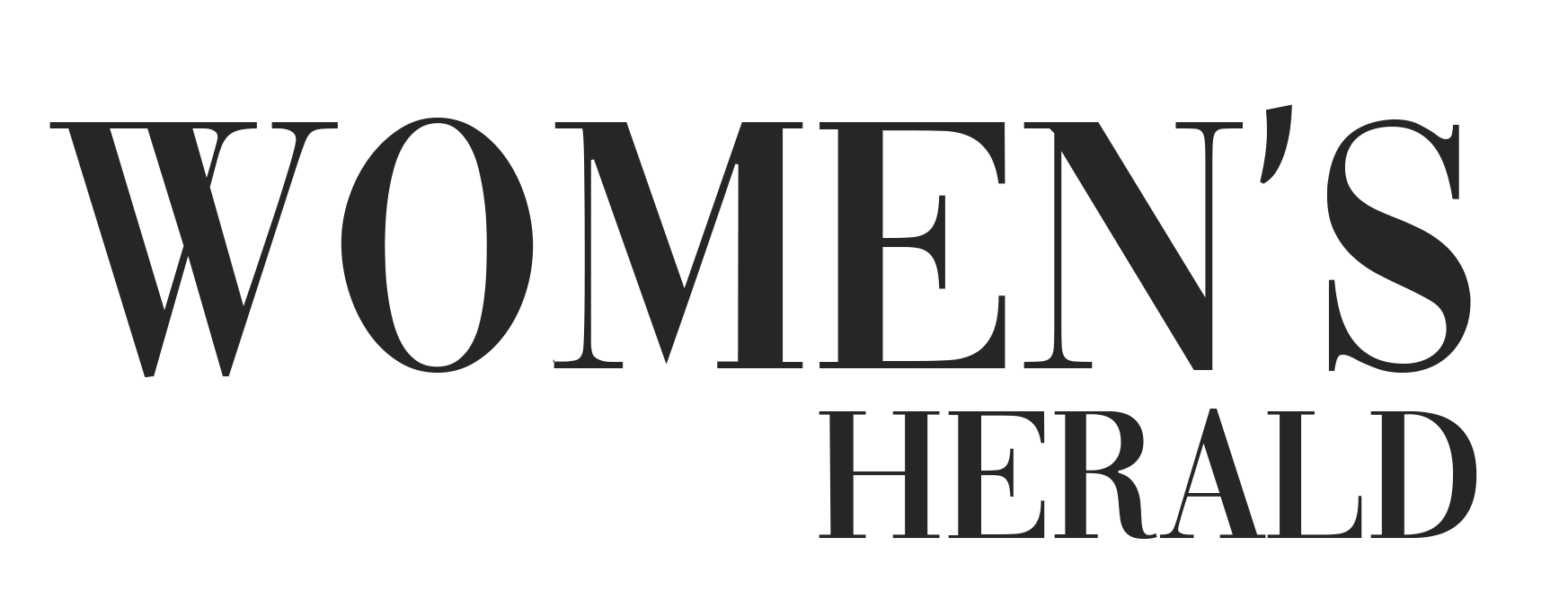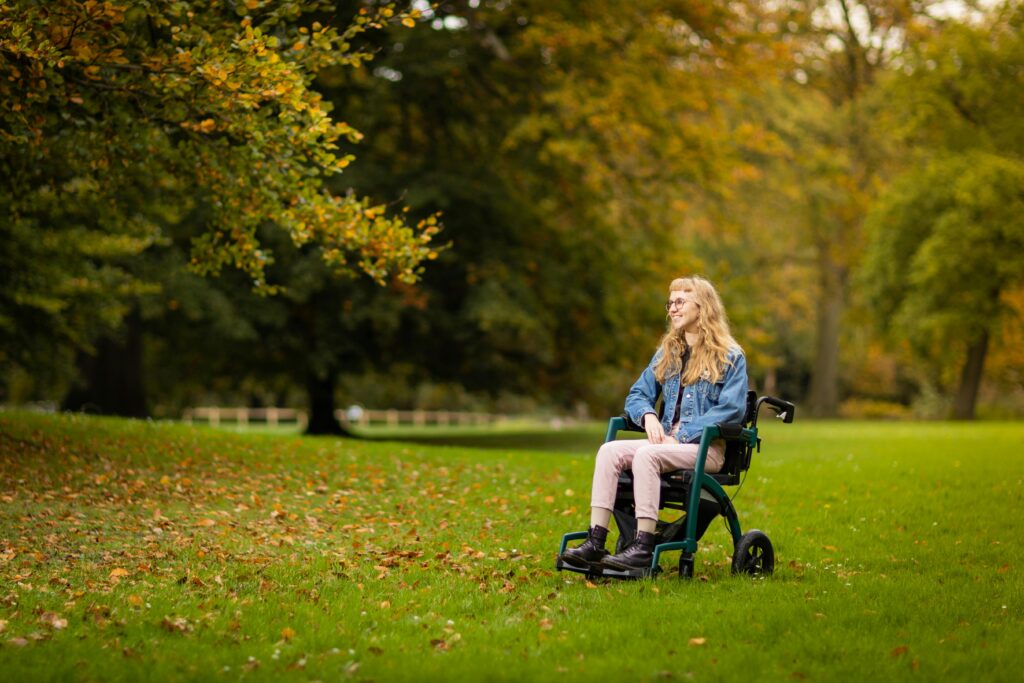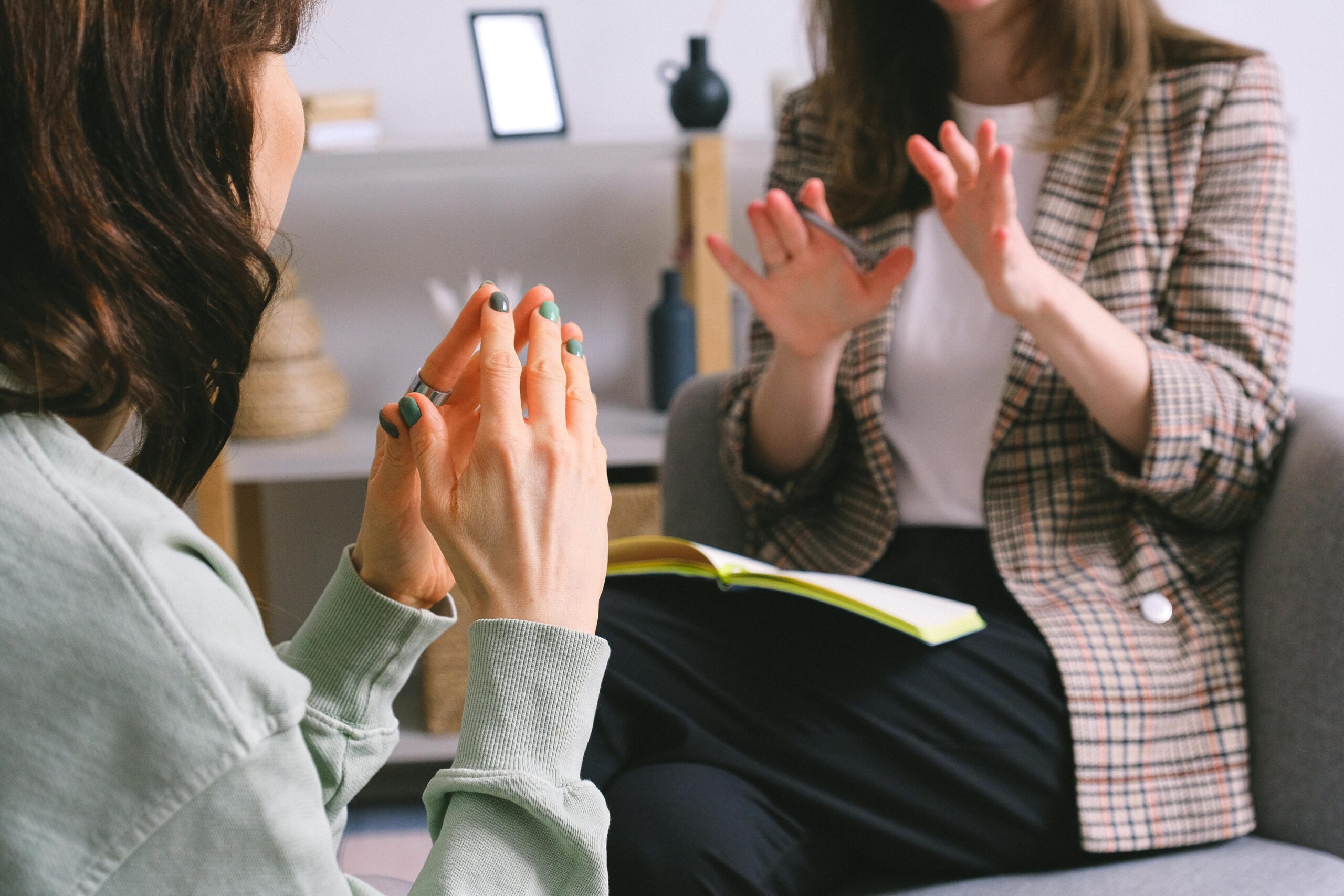Menstruation is a natural biological process experienced by people with periods, but for individuals with disabilities, managing menstruation can present unique challenges. The intersection of disability and menstruation highlights the need for greater inclusivity in period product design and accessibility to menstrual hygiene resources. This article explores the specific challenges faced by individuals with disabilities during menstruation and the importance of advocating for inclusive period products.
Challenges Faced by Individuals with Disabilities
Managing menstruation can be particularly challenging for individuals with disabilities due to various factors:
Limited Mobility: Those with mobility impairments may struggle with reaching, positioning, or changing period products, especially in public or inaccessible spaces.
Sensory Sensitivities: Individuals with sensory processing disorders or autism may find the sensations and discomfort associated with periods overwhelming.
Cognitive Disabilities: People with cognitive disabilities might face difficulties in understanding and managing menstrual hygiene.
Communication Barriers: Deaf or hard-of-hearing individuals may encounter challenges accessing information about menstrual health and hygiene.
Caregiver Dependency: Those who rely on caregivers for daily activities may lack privacy or autonomy during menstruation.
Advocating for Inclusive Period Products
Product Design: Inclusive period products should be designed with diverse needs in mind. This includes products that are easy to use, adaptive, and suitable for various types of disabilities.
Accessibility: Ensuring that period products are widely available and accessible in all environments, including public facilities and healthcare settings, is essential.
Education and Awareness: Comprehensive education about menstruation and menstrual hygiene should be accessible to individuals with disabilities. This includes providing information in formats that are easy to understand and inclusive of different communication needs.
Innovative Solutions and Initiatives
Several initiatives and innovations are emerging to address the intersection of disability and menstruation:
Adaptive Period Underwear: Companies are developing adaptive underwear designed for individuals with disabilities, featuring easy-to-use designs and materials that accommodate different needs.
Accessible Facilities: Advocacy efforts are underway to promote accessible public facilities that cater to the needs of people with disabilities, including those related to menstruation.
Education Campaigns: Organizations are launching campaigns to raise awareness about menstrual health among individuals with disabilities and their caregivers.
The Importance of Advocacy
Advocacy for inclusive period products is crucial for promoting dignity, autonomy, and health equity among individuals with disabilities. By advocating for inclusive design and accessibility, we can ensure that no one is left behind when it comes to managing menstrual health.
Conclusion
The intersection of disability and menstruation highlights the importance of addressing unique challenges faced by individuals with disabilities. Advocating for inclusive period products involves not only designing innovative solutions but also promoting accessibility, education, and awareness. Together, we can work towards a future where menstruation is manageable and empowering for everyone, regardless of ability or disability. Let’s continue to push for progress in menstrual health inclusivity and ensure that no one is left behind in the journey towards menstrual equity.









